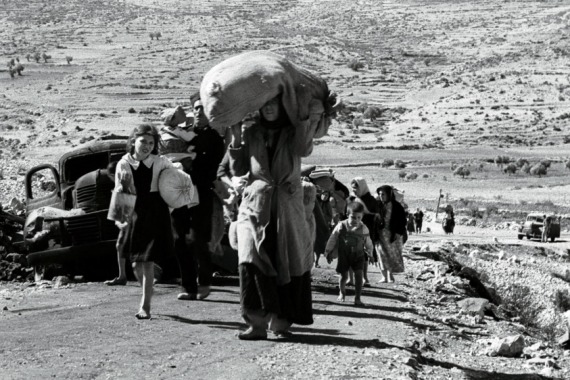The Israeli-Palestinian conflict, a long-standing dispute that has claimed tens of thousands of lives and displaced millions, continues to dominate headlines around the world. The recent declaration of war by Israel on the Gaza Strip, following an unprecedented attack by Hamas, has once again thrust this conflict into the global spotlight. But to truly understand the ongoing crisis, we must delve into its historical roots, dating back to the colonial era.
The Balfour Declaration – A Fateful Promise
More than a century ago, on November 2, 1917, Britain’s Foreign Secretary, Arthur Balfour, penned a letter that would have far-reaching consequences. The Balfour Declaration pledged British support for “the establishment in Palestine of a national home for the Jewish people,” laying the foundation for the modern Israeli state. This promise was made despite the fact that Palestinian Arabs comprised over 90 percent of the population at the time, setting the stage for future conflict.
The Arab Revolt of the 1930s – A Struggle Against Colonialism
The 1930s saw escalating tensions in Palestine, leading to the Arab Revolt of 1936-1939. Palestinian Arabs launched a general strike, protests, and boycotts to oppose British colonialism and growing Jewish immigration facilitated by the British. The British response was brutal, marked by mass arrests, punitive home demolitions, and the formation of armed Jewish groups. This period sowed the seeds of discontent and resistance that persist to this day.
The Nakba and the Birth of Israel – A Catastrophe Unfolds
The year 1948 witnessed the Nakba, or “catastrophe” in Arabic, as Zionist paramilitaries embarked on a campaign to destroy Palestinian towns and villages, leading to the mass displacement of Palestinian Arabs. Over 500 Palestinian communities were razed, and approximately 750,000 Palestinians were forced from their homes. The creation of Israel was accompanied by the first Arab-Israeli war, setting the stage for decades of conflict.
The years that followed witnessed further developments, including the formation of the Palestinian Liberation Organization (PLO), the Six-Day War in 1967, and the construction of Israeli settlements in the West Bank and Gaza Strip. The first Palestinian Intifada in the late 1980s and the Oslo Accords of 1993 marked significant turning points in the conflict, leading to the establishment of the Palestinian Authority.
However, the second Intifada in 2000, marked by clashes and violence, derailed hopes for a lasting peace. Settlement expansion and the division between Fatah and Hamas further complicated the situation, culminating in Israel’s four military assaults on Gaza since 2008, causing immense suffering and destruction.
As the world watches the current conflict unfold in the Gaza Strip, it is crucial to recognize that this ongoing tragedy is deeply rooted in history, shaped by a series of events that have left scars on both sides. The Israeli-Palestinian conflict remains one of the world’s most intractable and complex disputes, a reminder that lasting peace in the region requires a deep understanding of its historical underpinnings. The path to resolution may be long and arduous, but acknowledging this history is an essential step towards finding a just and lasting solution to the conflict.















